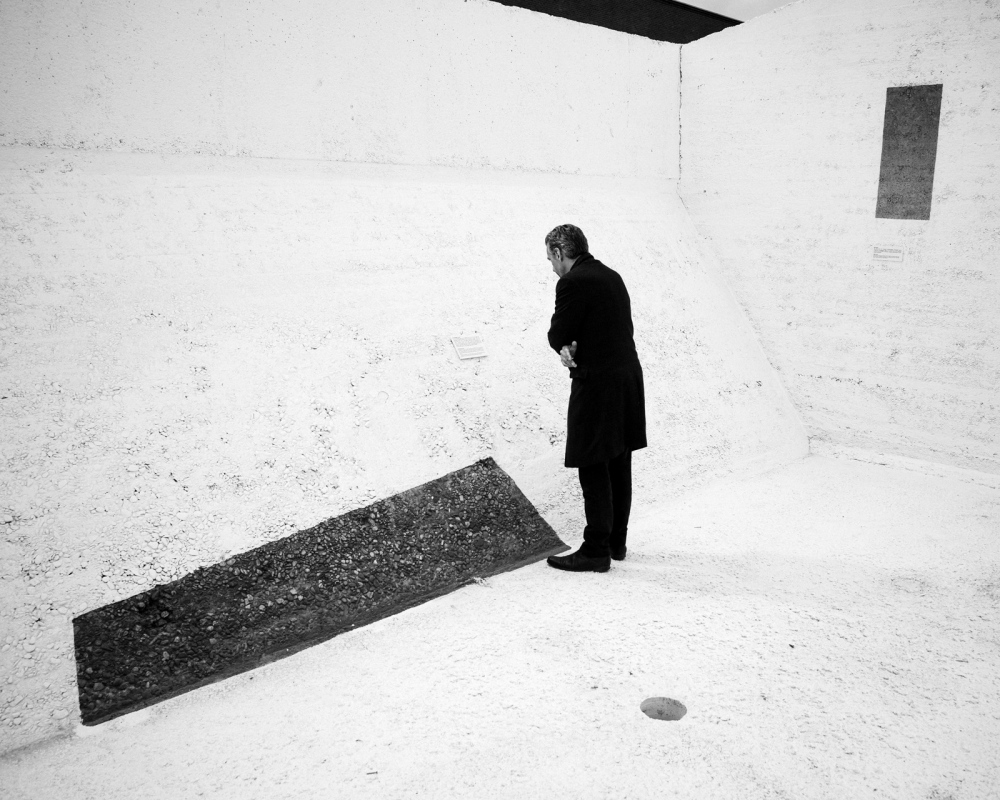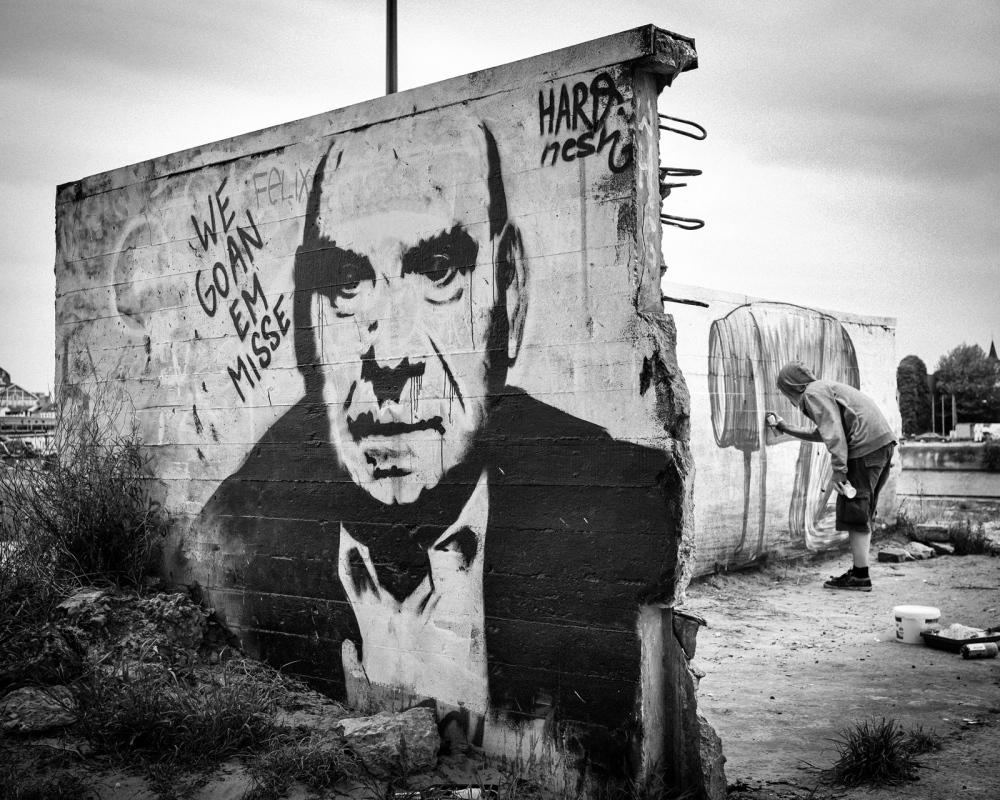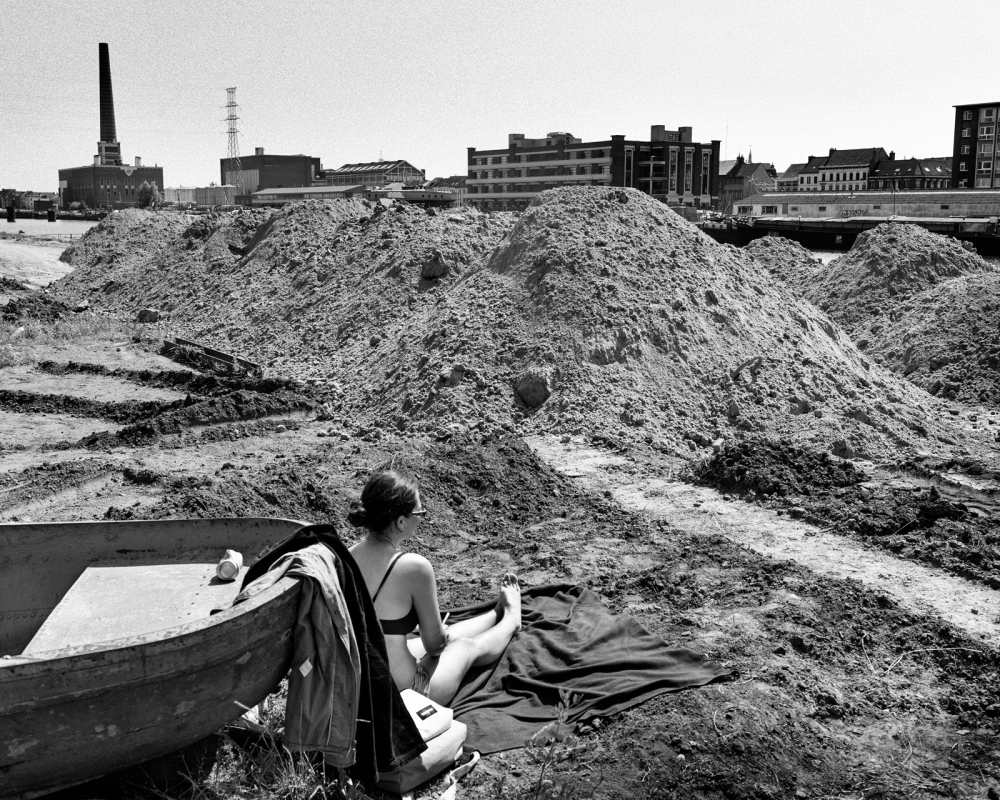Public Story
We all go to the Heaven
The scene of "We all go to the heaven'" is the unruly dockland district along the Oude Dokken (Old Docks) in the north-east corner of Ghent. Muide, Meulestede and Dampoort. Less than one and half kilometres from the city centre and the houses, streets, even the people, still bear the scars of Ghent's industrialisation, which brought Ghent not only glory, but great hardship too. You could call these areas quite typical. There are no fake façades along the waterside here to tickle the tourists' fancy. The raw heart of the city still beats here, as captured long ago by writers such as Jean Ray, Richard Minne, and Karel van de Woestijne. The Oude Dokken are surrounded by remarkable quantities of wasteland, described more beautifully and rather more accurately with the French term "terrain vague""¦ vague land. Lost between the cobblestones, railway lines, industrial zones, and residential estates. Even the identity of this part of town is vague. It teeters between the nineteenth century when the Oude Dokken were first excavated, the twentieth century, the time of their demise, and the twenty-first century, where its future awaits and can already seen on the websites of real estate developers and city planners. Many places around the docks have been transformed into building sites. New buildings are springing up; old warehouses are half demolished or waiting to be knocked down. Houses have been boarded up. Weeds grow between the cobbles in parts of the street that are no longer used. In a few years time, things will look very different. Then it will become "aharmonious blend of homes, offices, green and public spaces", to quote the project developers from their brochures. Those looking at the photos will understand that this will be profitable, not only both in literal but also figurative terms. It will also mean that much will be lost, primarily the freedom and the beauty of this type of crumbling suburb. What's to happen to the latter still remains to be seen. But here they are, for the moment. Sometimes they are as battered as their surroundings, especially the many immigrants from eastern Europe. The old Ghent folk are there too, as the last to have grown up in the port districts, and lastly, the jeunesse d'orée on the Ghent cultural scene. Most photos are shrouded in a melancholy cheerfulness, rather than sadness. "Ain't No Love in the Heart of the City'" sings the soul legend Bobby Blue Bland, but it's here, among the shabby edges of the suburbs, that crazy little thing called love. And it can be seen. On benches, in boats, in parks, on the streets.
Pascal Verbeken















































